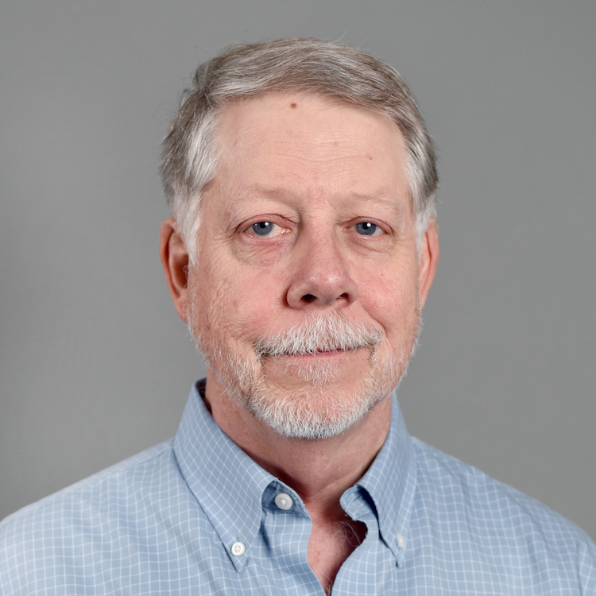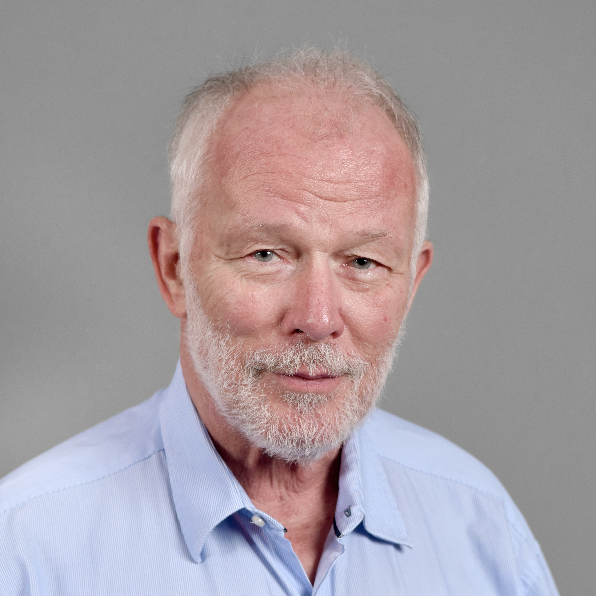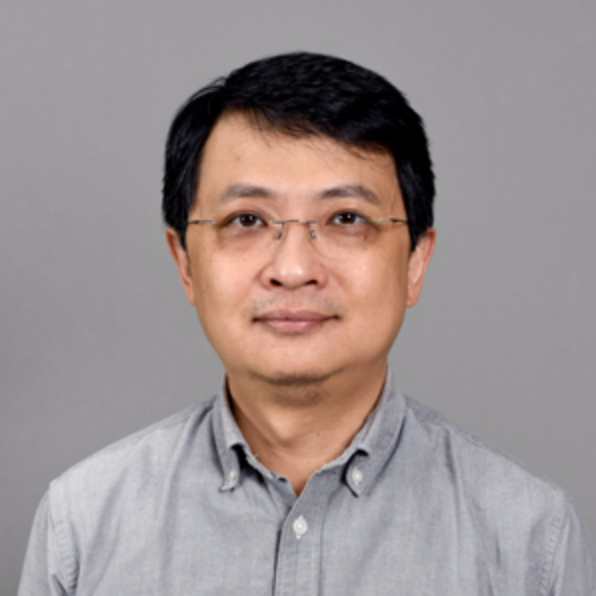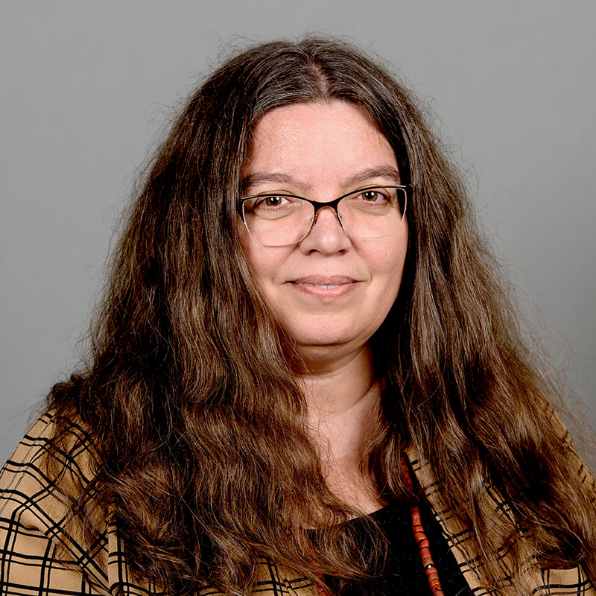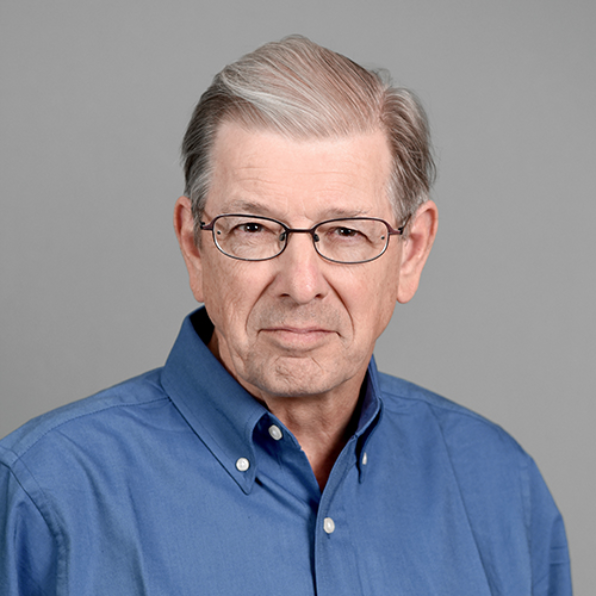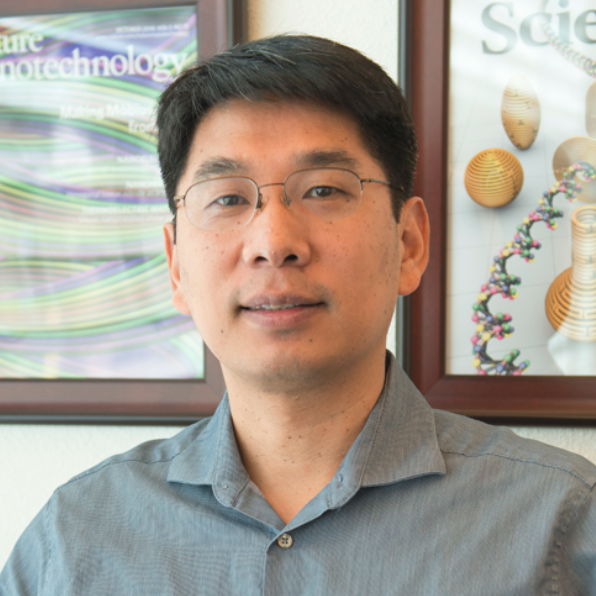Seven outstanding faculty from Arizona State University have been named as fellows of the American Association for the Advancement of Science (AAAS).
ASU’s C. Michael Barton, Julian Chen, Gary Marchant, Emilia Martins, Charles Perrings, Sander van der Leeuw and Hao Yan were honored for recognition of their career contributions to science, innovation or socially distinguished efforts to advance science and its applications.
The AAAS, publisher of the journal Science, is the world’s largest general scientific society. Election as a fellow is an honor bestowed upon AAAS members by their peers. Within that general framework, each awardee is honored for contributions to a specific field.
The seven new ASU faculty members' election this year brings the total number of AAAS fellows affiliated with ASU to 81.
The AAAS 2019 fellows individual scientific achievements include:
C. Michael Barton (anthropology), for distinguished contributions to the field of anthropology (geoarchaeology), particularly using data science and computational modeling to study the long-term, dynamic interactions of people and the environment. He has ongoing projects on human ecology and the emergence of coupled socio-natural landscapes in the Mediterranean.
"Understanding how humans interact with the environment over the long-term past is one of the best things we can do to help us understand how people will deal with this in the future," Barton said. "We're not starting from zero. We're starting from a long history."
Barton is director of the interdisciplinary Center for Social Dynamics and Complexity, and heads the Graduate Faculty in Complex Adaptive System Science. Barton also directs the international Network for Computational Modeling in Social and Ecological Sciences (CoMSES Net), is a member of the Science Steering Committee of AIMES (Analysis and Integrative Modeling of the Earth System, FutureEarth), and co-directs collaborative projects with the National Center for Atmospheric Research on social dimensions of climate change.
Sander van der Leeuw (anthropology), for outstanding contributions to the application of adaptive complex system theory in anthropology and the emerging field of sustainability. Van der Leeuw is an archaeologist and historian by training, specializing in the long-term impacts of human activity on the landscape. He is recognized as a pioneer in the application of the complex adaptive systems approach to socio-environmental challenges, and in this context has studied ancient technologies, ancient and modern man-land relationships and innovation. In 2012, he received for his work the U.N. Environment Agency’s highest award: “Champion of the Earth for Science and Innovation."
At ASU, he is the founding director of the School of Human Evolution and Social Change and was dean of the School of Sustainability. Currently, he is director of the ASU-SFI Center for Biosocial Complex Systems.
"Whenever any change occurs, man-made or natural, for better or worse, it alters in real time what options exist and what approaches will steer us toward positive futures," said van der Leeuw. "But the social scientists and nature scientists looking for those changes on their own sides of the aisle rarely have access to the same culture, tools or trade languages."
To that effect, van der Leeuw and ASU colleagues are working on a multiyear plan to create intellectual fusion among these once-distinct fields of study. This includes establishing shared research agendas, shared computational software, and convergent development and implementation standards.
Julian J.L. Chen (biological sciences), for distinguished contributions to our understanding of the function and evolutionary divergence of telomere sequences and telomerase structure in eukaryotes. Chen is a professor of biochemistry in the School of Molecular Sciences at ASU. His research focuses on the structure, mechanism, biogenesis and evolution of the telomerase enzyme that plays a critical role in human aging and cancer.
Telomeres cap the ends of chromosomes to prevent chromosome fusions. Typical human cells are mortal and can only undergo a finite number of cell divisions due to the gradual loss of telomeres. Telomerase is an enzyme essential for maintaining telomere length and conferring cellular immortality to allow for infinite cell growth. Therefore, stem cells contain high levels of telomerase and live for a long time, while typical human cells lack telomerase and die with old age.
"Telomerase is one of the most fast-evolving enzymes in biology. How telomerases employ divergent mechanisms to maintain telomeres in different species is a fundamental and fascinating question," Chen said. "In addition to the basic research, we are also looking for ways to enhance telomerase activity which will restore the lost telomere length in adult stem cells and to even reverse cellular aging itself."
Because of its role in chromosome stability, telomerase regulation is a critical step in tumorigenesis and aging. Elucidation of the molecular mechanism of telomerase function could have significant impact on the development of therapeutics for human aging and cancer.
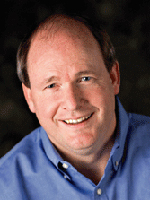
Gary Marchant (societal impacts of science and engineering), for distinguished contributions to research, teaching and outreach at the intersections of law, science and biotechnology, including important work with legislative, executive and judicial groups.
“Law moves much slower than science and technology; it's known as ‘The Pacing Problem,’” said Gary Marchant, Regents Professor of law and faculty director of the Center for Law, Science and Innovation. “So, with many questions in genetics and other emerging technologies, legislators and regulators have to establish rules. When someone claims injury or invasion of privacy, courts and juries are forced to adjudicate new claims using old laws, which often fit poorly.”
His research interests include legal aspects of genomics and personalized medicine, the use of genetic information in environmental regulation, risk and the precautionary principle, and governance of emerging technologies such as nanotechnology, neuroscience, biotechnology and artificial intelligence.
Emilia P. Martins (biological sciences), for pioneering use of phylogenetic comparative methods to infer evolutionary mechanisms of animal behavior and for service as a program director at the National Science Foundation. Martins studies behavioral evolution by mapping the ancient history of lizard communication in the southwestern U.S. and by studying how sensory systems impact social behavior in the biomedically-important zebrafish.
“We study the mechanisms underlying the evolution of complex and multimodal communicative signals,” Martins said. “Why are there so many kinds of lizard displays? Why use both visual and chemical signals? Why does signal composition vary across individuals and species?”
More generally, her research program asks long-term questions about the evolution of complex behavioral phenotypes, and how evolutionary forces have interacted over long periods of time to shape phenotypic change. Martins is a professor in the School of Life Sciences and associate director of graduate programs.
Charles Perrings (biological sciences), for distinguished contributions to our understanding of the interactions between economic behavior and ecological processes. Perrings’ research addresses the relation between economic behavior and changes in the diversity of other species. A recent focus has been the relation between behavior and the emergence and spread of infectious diseases of humans, animals and plants.
One example is the role of behavior in the impact of heavy rainfall events, such as hurricanes, on the transmission of vector-borne infectious diseases in temperate areas of the world, including the southern coastal U.S. The breakdown of public and private health infrastructure can put people at increased risk of infection, but the movement of people may be even more important.
"Since mosquito-borne diseases tend to be spread by the movement of people rather than the movement of mosquitoes, disaster-induced movements of people can shift where and when outbreaks occur," Perrings said.
Perrings directs (with Ann Kinzig) the Ecoservices Group — a group researching the interactions between society and the biophysical environment. He is a professor in the School of Life Sciences.
Hao Yan (chemistry), for pioneering work and distinguished contributions in structural DNA nanotechnology and molecular self-assembly. His overarching research goal is to achieve programmed design and assembly of biologically inspired nanomaterials and to explore its applications in nanoelectronics, controlled macromolecular interactions and biosensing and bioimaging.
One of his more recent applications was in the burgeoning field of nanomedicine, with his work on using nanobots to fight cancerous tumors by choking off their blood supply.
Constructed from DNA folded into 3D shapes — a process nicknamed “DNA origami” — these autonomous, molecular-level machines “go into the blood to find the tumor and kill it,” said Yan. Crucially, they leave healthy cells untouched. Yan hopes to begin to be able to treat human cancer patients within the next five years.
Yan is currently the Milton D. Glick Distinguished Professor in Chemistry and Biochemistry in the School of Molecular Sciences and director of the Center for Molecular Design and Biomimetics in the Biodesign Institute.
Election as an AAAS fellow is an honor bestowed upon AAAS members by their peers. This year, 443 members have been awarded this honor by AAAS because of their scientifically or socially distinguished efforts to advance science or its applications. New fellows will be presented with an official certificate and a gold and blue (representing science and engineering, respectively) rosette pin on Saturday, Feb. 15, at the AAAS Fellows Forum during the 2020 AAAS annual meeting in Seattle.
More Science and technology

ASU-led space telescope is ready to fly
The Star Planet Activity Research CubeSat, or SPARCS, a small space telescope that will monitor the flares and sunspot activity of low-mass stars, has now passed its pre-shipment review by NASA.…

ASU at the heart of the state's revitalized microelectronics industry
A stronger local economy, more reliable technology, and a future where our computers and devices do the impossible: that’s the transformation ASU is driving through its microelectronics research…

Breakthrough copper alloy achieves unprecedented high-temperature performance
A team of researchers from Arizona State University, the U.S. Army Research Laboratory, Lehigh University and Louisiana State University has developed a groundbreaking high-temperature copper alloy…



